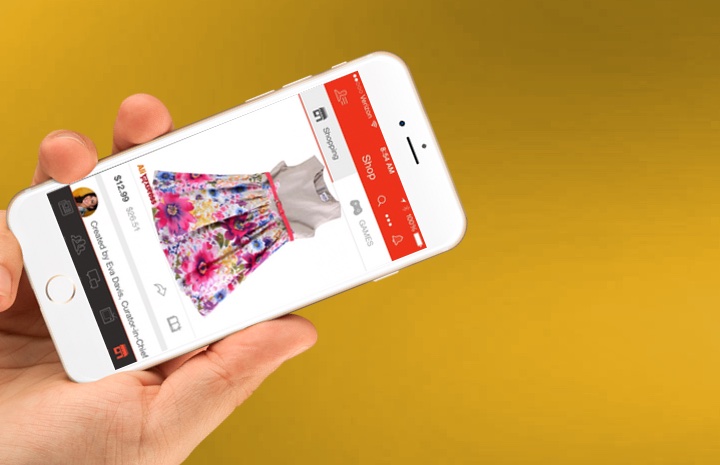
Mobile is the fastest-growing shopping platform in the retail industry. Faster, in fact, than the e-commerce platform when it launched in the 1990s. Digital sales during the 2015 holiday season, for instance, rose 50 percent — two-and-a-half times the growth rate of online holiday sales overall. In 2016, it’s estimated that the top 500 m-commerce retailers will take in over $155 billion in sales via smartphones and tablets, a 67.7 percent increase over the $92.4 billion they collected in 2014.
Consider some more granular data: In the first hour after the U.S. women’s soccer team won the World Cup last July, handheld devices accounted for 65 percent of all online sales at Fanatics, a leading sports apparel retailer. Fully half of the sales that hour were made through smartphones. Fortunately, Fanatics was prepared for these sorts of “unplanned” purchases. Smartphones accounted for 45 percent of the traffic to Fanatics’ various websites well before the World Cup started, so the retailer was already investing in its m-commerce platform.
Since 80 percent of all U.S. cellphone users now own smartphones, m-commerce sales, both at individual sites and overall, will continue to grow. As consumers get more comfortable with shopping on their devices, smart retailers will increasingly cater to their specific interests. Some retailers have already begun testing shopping apps that target the mobile shopping audience. One prevalent option borrows from the design of the popular Tinder dating app, allowing users to view items quickly and easily. If they’re not interested in the item on display, they can swipe left to see the next one; if they do like what they see, they can swipe right to buy it.
The process is similar to the way a lot of people shop for clothes in stores. They shuffle through the racks, spending no time on items they instinctively know they don’t want, but lingering when something catches their eye. “Swipe right to buy” apps are also quite user friendly; most consumers are already familiar with the functionality, and the format lets them move quickly through full fashion lines. Indeed, users of the Spring app can complete a purchase in one swipe because their size, credit card information and address are already stored on the app and ready to be transmitted.
These apps aren’t perfect, of course. For starters, they have the same drawback found in every online platform — they don’t allow shoppers to handle, let alone try on, merchandise. In some cases, the swipe-right-or-left format can also defeat the brand purpose. It engages users, but it’s so quick and easy to use that it almost turns shopping into a game. Consumers can mindlessly scroll past dozens of items in no time at all, barely noticing most of them. While the apps can rightly claim to introduce various fashion brands and products to thousands of eyeballs, the true value of those introductions isn’t necessarily high.
That said, swipe right to buy is well-suited to other retail categories, like groceries. If your customers are already loyal to specific brands of paper towels, shampoo, toothpaste and other disposable items, that format can help them get through their shopping lists in no time. In fact, if your store primarily sells one-size-fits-all products, your app should probably include quick purchase or pass powers. Offering mobile customers a convenient, distraction-free app experience will give them another appealing reason to shop with you.
For all of its remarkable recent growth, mobile commerce is still very much in its early stage — and so are m-commerce shopping apps. Since they draw on well-known, currently popular formats, swipe-right-to-buy options are a natural first step in the process, but they’re by no means the last. If they haven’t already, retailers will soon realize that they need to focus on satisfying the emerging needs and interests of mobile shoppers. We can therefore look forward to a continual series of new app releases designed to engage and entice on-the-go consumers by providing them with ease, convenience, entertainment and speed.
